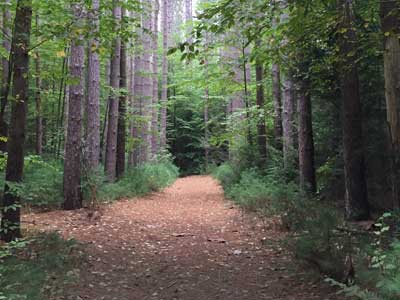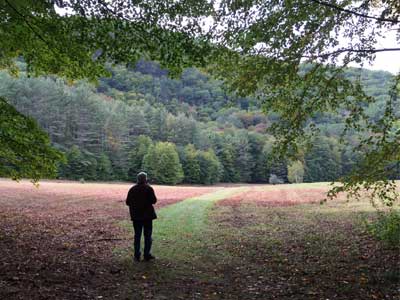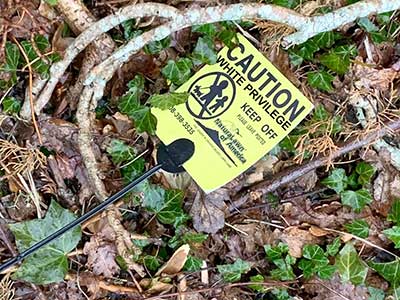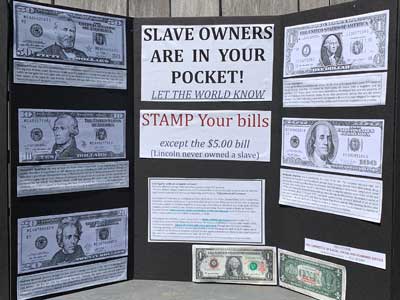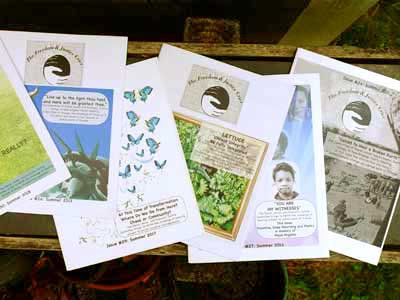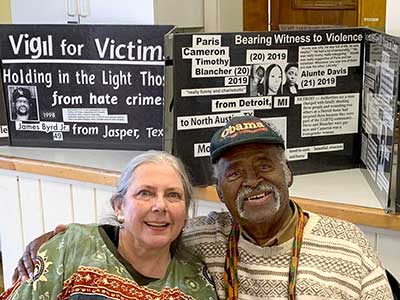by Dawn R. Wolfe | August 2020
“Grace,” the 15-year-old Black girl who garnered international attention after she was jailed for failing to complete schoolwork while on probation, has been released after spending 78 days in a facility where at least four staffers have reportedly tested positive for COVID-19. Grace, who has been identified only by her middle name because of her status as a minor, was originally incarcerated in May by Oakland County Circuit Judge Mary Ellen Brennan. On Friday, the Michigan Court of Appeals ordered her immediate release pending an appeal of Brennan’s initial ruling. Brennan herself refused a motion to send Grace home on July 20. Criminal justice advocates say they believe the overwhelming attention given to the case—along with pressure brought on by tomorrow’s state primary—played a role in Grace’s release.
TAGS: [Assumptions] [2020’s] [-ing While Black] [Systemic Racism] [Accountability] [Prison System] [Black Lives Matter] [White Supremacy]
by Betty Lyons, Onondaga Nation | August 2020
It was no accident that Central New York was the birth of the American movement for women’s suffrage, but recent commemorations of the 100th anniversary of the formal U.S. adoption of women’s suffrage continues attempts to erase the role that Haudenosaunee (Iroquois) women played in inspiring the first convention in Seneca Falls.
TAGS: [Assumptions] [2020’s] [Indigenous] [History] [Myths] [Role Model]
by Emily Long | August 2020
You may have seen land acknowledgments on social media, where instead of geotagging a photo, posters identify the Indigenous people the land belongs to;or maybe you’ve heard a land acknowledgment presented at the beginning of a live concert or theater performance (remember those?). Land acknowledgments help us better understand, reflect on, and celebrate the history of Indigenous peoples, languages, territories, and treaties. So how do you learn more about specific land and the people it belongs to?
TAGS: [Individual Change] [2020’s] [Indigenous] [White Supremacy] [History] [Accountability] [White Privilege]
by Anna Swartwood House | July 2020
The historical Jesus likely had the brown eyes and skin of other first-century Jews from Galilee, a region in biblical Israel. But no one knows exactly what Jesus looked like. There are no known images of Jesus from his lifetime, and while the Old Testament Kings Saul and David are explicitly called tall and handsome in the Bible, there is little indication of Jesus’ appearance in the Old or New Testaments.
TAGS: [Assumptions] [2020’s] [Faith-Based/Spiritual] [Myths] [White Supremacy] [White Culture] [History]
by Charles Fain Lehman | July 2020
Dr. Robin DiAngelo, the bestselling author of White Fragility, claims to believe in accountability. DiAngelo used to list the “racial justice” organizations she donates to as part of her extensive “accountability statement,” including a monthly “land rent” paid to the Native American tribe that used to occupy Seattle. But when the Washington Free Beacon began contacting the organizations she listed as recipients of her largesse, DiAngelo scrubbed the site, removing their names and the dates of her giving from the public domain—a version of the page remains available through the Internet Archive after briefly being unavailable due to what the site said were technical issues. The page was edited again as recently as Friday, when DiAngelo wrote she would begin donating 15 percent of her after-tax income, “in cash and in-kind donations,” starting next month—suggesting she had not previously, as the page exhorts, given a percentage of her income large enough that she could “feel it.” This about-face is odd for a woman who has made her career demanding white people not respond defensively in hard conversations.
TAGS: [Assumptions] [2020’s] [White Privilege] [White Fragility/Tears] [Accountability] [White Blindness] [Economics]
by Blackthen | August 2020
The details of the events that took place in New York City in the spring and summer of 1741 are recorded in numerous historic and later accounts, many of which contain contradictory information. According to nearly all accounts, a fire on March 18, 1741, at Fort George—then Lieutenant Governor George Clarke’s home—was the first in a series of fires in the city that may or may not have been set by slaves. The fires occurred at regular intervals and then with increased frequency until April 6, when four fires were set in a single day. Rumors raced across the city when a witness claimed to have seen a black man, identified as a slave named Cuffee, running from the scene of one of the fires.
TAGS: [Racial Terrorism] [2010’s] [History] [Slavery] [Accountability] [Systemic Racism] [Policing] [White Supremacy] [White Culture] [White Privilege] [White Blindness] [Silencing POC] [Assumptions]
